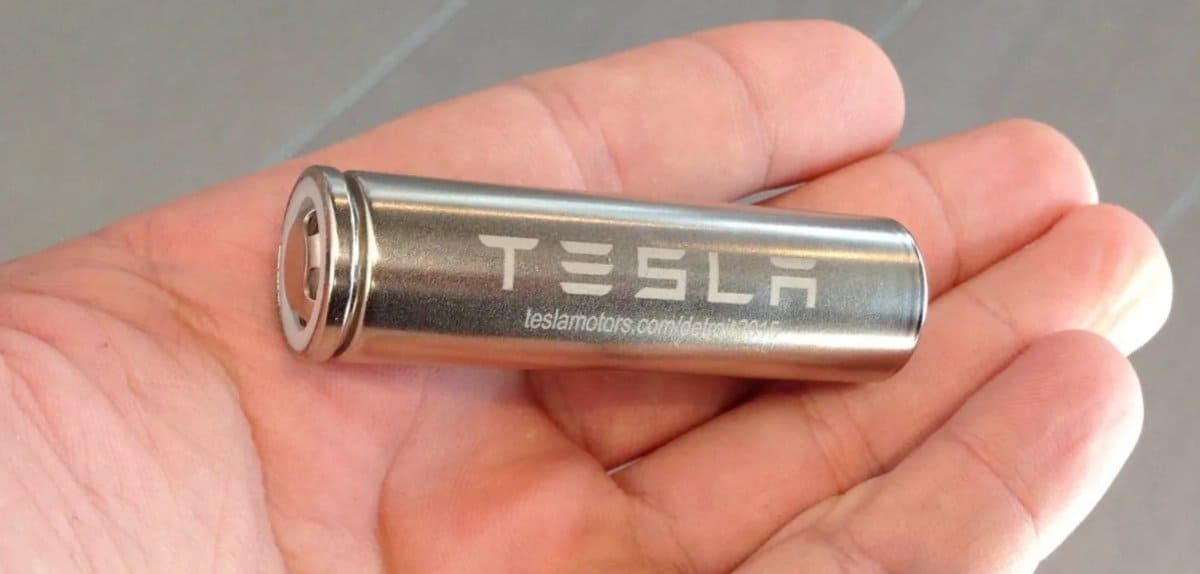
Samsung SDI, who already produces some of Tesla’s 4680 battery cells, has recently begun testing new solid-state batteries.
Solid-state batteries are expected to be smaller, lighter, cooler, and safer than current cell formats that are used in electric vehicles. There’s a lot of potential and possibilities in solid-state batteries.
Let’s dig into exactly what these new batteries are, and why everyone seems to fuss all over them on the big news channels every time a company makes an announcement.
Regular Batteries
The biggest thing to understand about solid state battery is how they’re different from regular batteries is terms of materials and design. We’ll dig into regular batteries first, and then get to solid state batteries.
Today, Tesla’s EVs – and EVs in general, use one of two types of batteries – LFP or NMC. LFP batteries are composed of Lithium Iron Phosphate (LiFP on the periodic table), while NMC is composed of Nickle Manganese Cobalt (NiMnCo). Tesla uses LFP batteries in its standard range vehicles, while their longer-range or performance siblings use NMC battery composition.
The biggest difference here is price and performance – LFP has a more stable chemistry and less degradation but also has a lower energy density. Meanwhile NMC performs better, outputs more energy, has a higher energy density, but isn’t as chemically stable and will degrade faster.
These chemical differences also aid with temperatures – NMC batteries perform better in more extreme weather conditions such as extreme cold or extreme heat – much better than their LFP siblings.
Both of these types of batteries also contain a liquid electrolyte – a wet medium that is electrically conductive and enables the movement of the ions in the battery pack, but won’t conduct electricity. So, with all that aside, let’s take a look at what solid state batteries bring to the table.
Solid State Batteries
Solid State Batteries don’t contain that liquid electrolyte. That’s already a huge change – because a large portion of the weight and density increases in regular battery packs actually originate from that heavy liquid. The replacement of that liquid is a stable, solid electrolyte, generally in the form of glass or ceramics.
